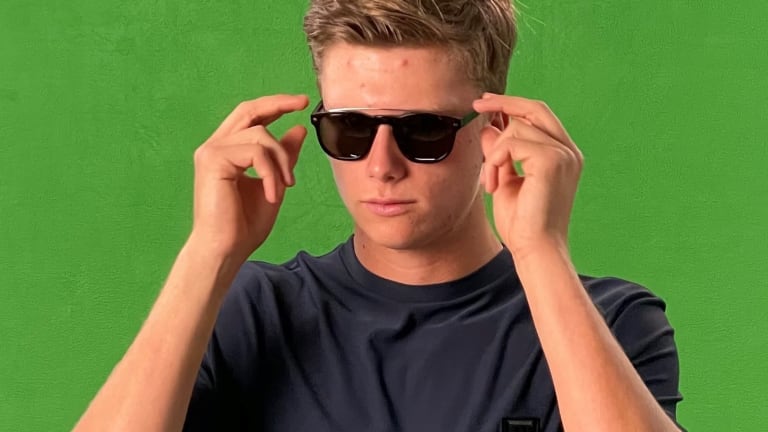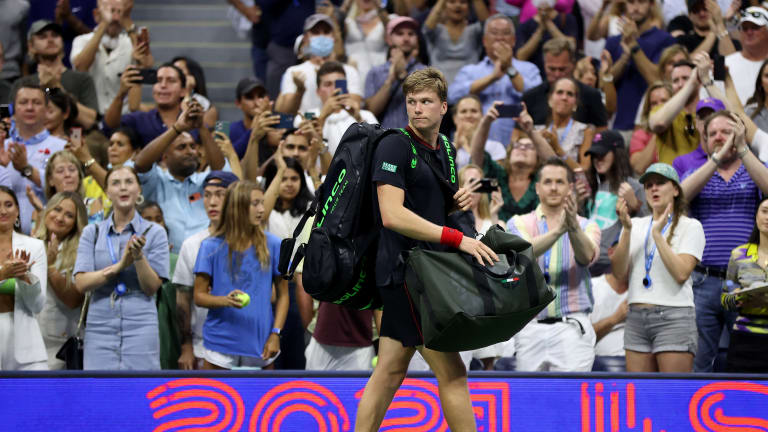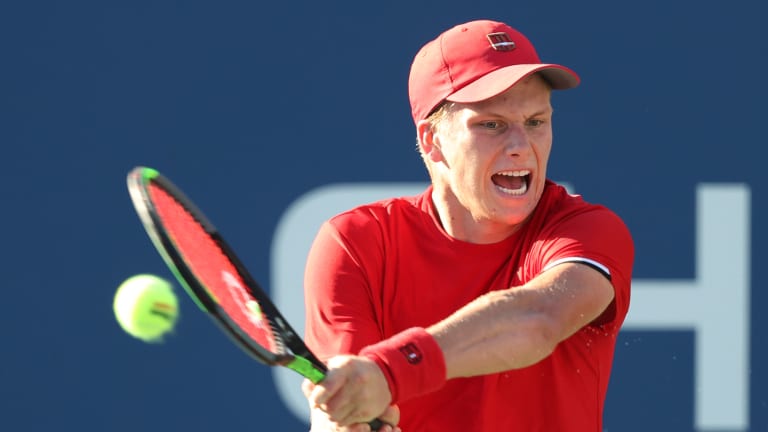When it comes to the history of tennis sponsorships, one story stands above the rest. At Wimbledon in 1977, a young Nike executive named Phil Knight happened upon a wild-haired, florid-faced, full-throated 18-year-old named John McEnroe, ranting his way to victory on a side court. Over the next two weeks, as he watched the teenager come out of qualifying to reach the semifinals, Knight thought this rebel in all-whites was the perfect fit for the maverick running-shoe company he was trying to turn into a multi-sport brand. Knight signed Johnny Mac up soon after, and the rest is sports-merchandising history.
For now, Jenson Brooksby and Julius Langkilde, CEO of Danish eyewear firm Christopher Cloos, can only hope that their partnership is half as successful for both parties as Knight’s and McEnroe’s was. But they’re off to a similar start. Last month, Langkilde was in the stands at the US Open as the 20-year-old Brooksby took on—and took a set from—Novak Djokovic, in what turned out to be one of the matches of the tournament. This week Christopher Cloos made Brooksby its second “athlete brand ambassador”—the other is Tom Brady.
Langkilde liked Brooksby’s “challenger” attitude on court, and Brooksby liked the company’s environmentally-friendly product. He’ll wear its logo on his clothing, and design a line of sunglasses and blue-light glasses.
“My dad has pairs of Cloos glasses,” Brooksby said in an interview earlier this week. “It’s great to have my family involved and loving it, too.”


